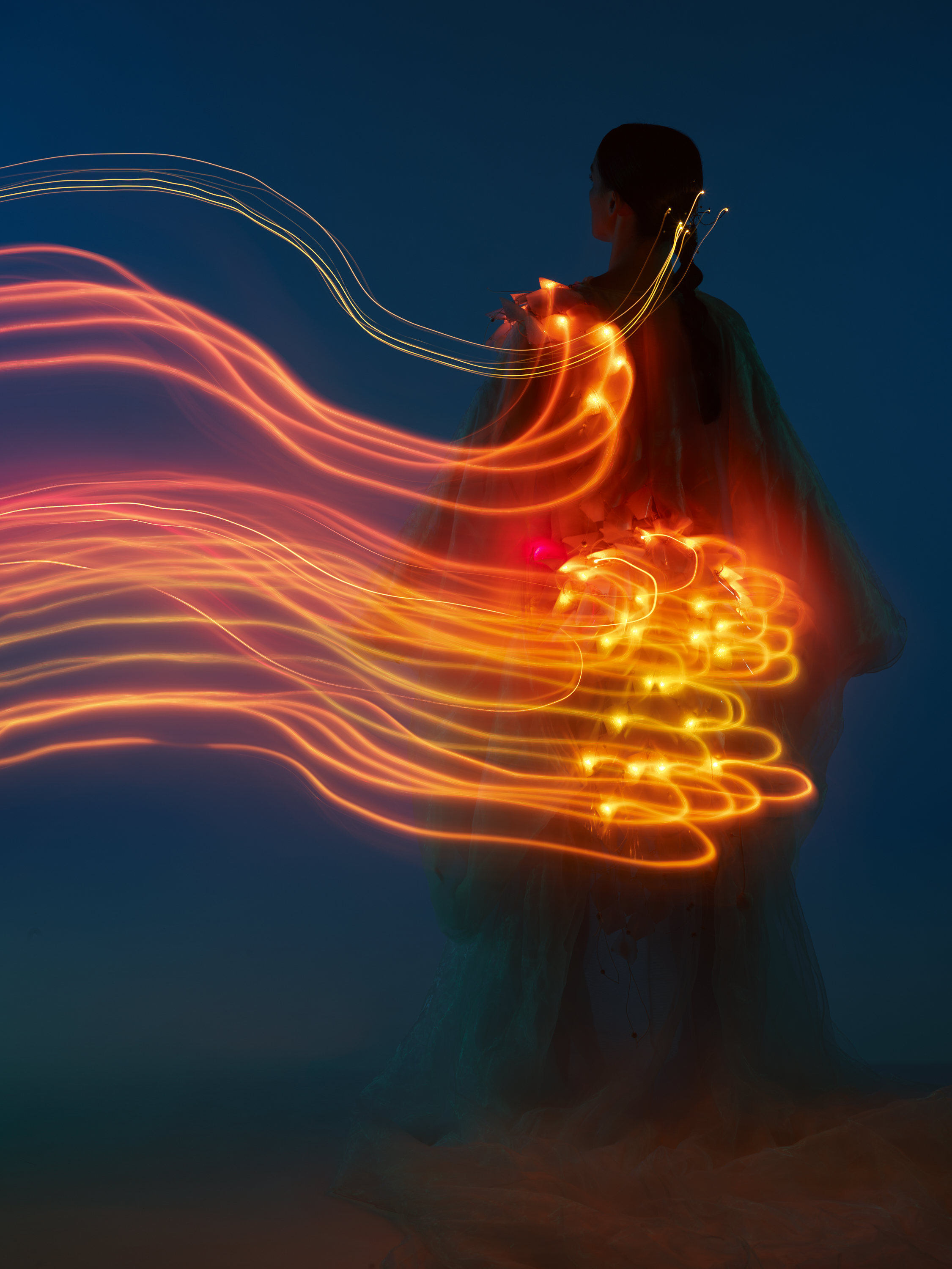Last Updated on 02/19/2019 by Joy Celine Asto
All images by Michael Taylor. Used with permission.
We all know that light is the vital ingredient that makes every photograph possible. But for UK-based commercial photographer Michael Taylor, it’s also a fascinating muse in itself to explore and experiment with. He believes that “there’s always mystery inherent in light,” and it’s up to us to heed the call to unravel that mystery, and let playing with light inspire and surprise us. Taylor recently shared with us his project titled Light Trace, one of his recent projects under a bigger body of work called Lumen. Here, we see him experimenting with the idea of light itself as a subject, creating vibrant imagery using techniques like light painting and long exposures. The goal of this series, he says, is to “explore the convergence of light, fashion, and technology.”
In the interview below, he tells us more about the ideas that sparked Light Trace, the process behind the series, and how collaboration enabled him to realize his vision for the project.
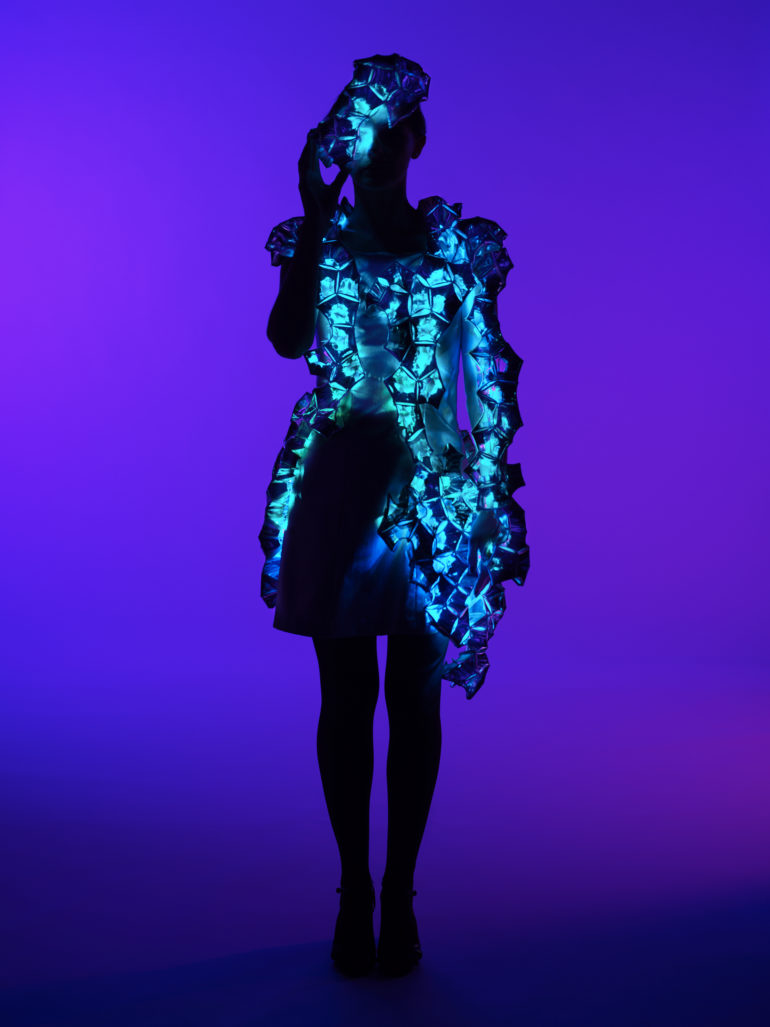
Phoblographer: Hello Michael! Can you tell us something about yourself and what you do?
Michael Taylor: I am a 55-year old photographer based in the UK who started photography at 15 years old. Later after completing an MSc I changed track and attained a BA Design followed by MA Fine Art. I have been a commercial photographer for over 26 years, though in parallel I always continued to develop my personal work.
Phoblographer: How did you get into photography? How did you discover the kind of photography and imagery that you make now?
Taylor: For my 15th birthday my parents bought me a Praktica MTL3 manual camera with 50mm Zeiss lens. At 17 years old. I made a darkroom to develop black and white film and toned silver prints. My current darkroom was made 25 years ago and is well equipped. As a teenager I immediately began exploring abstract light patterns, long exposures, and black and white film techniques.
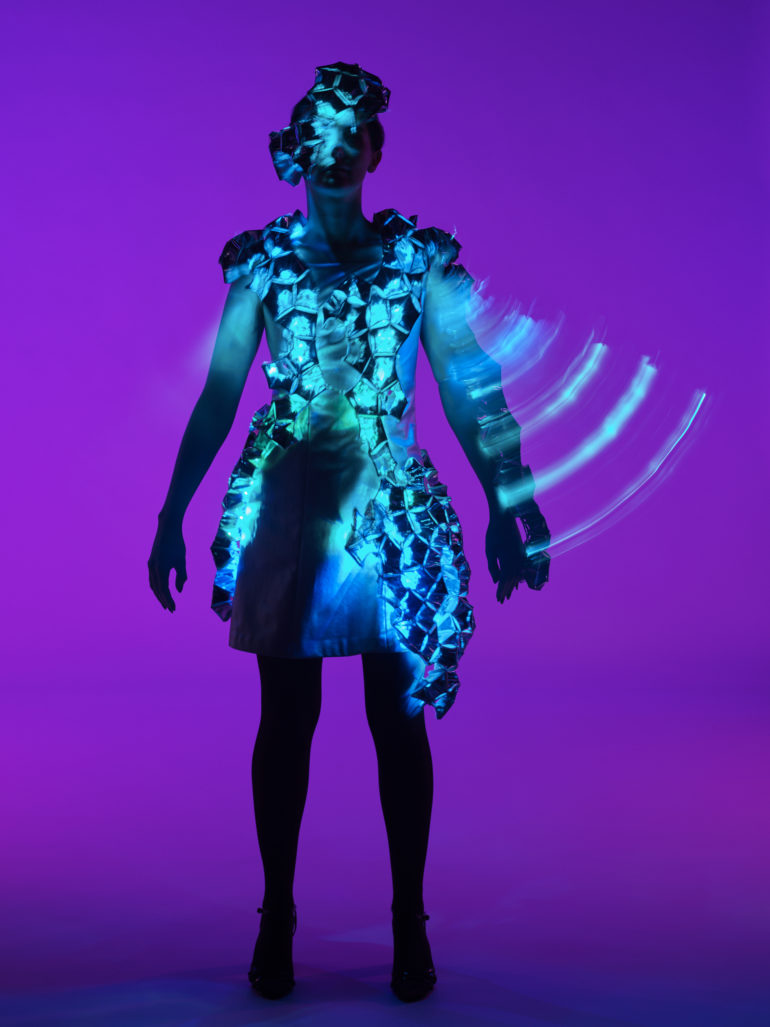
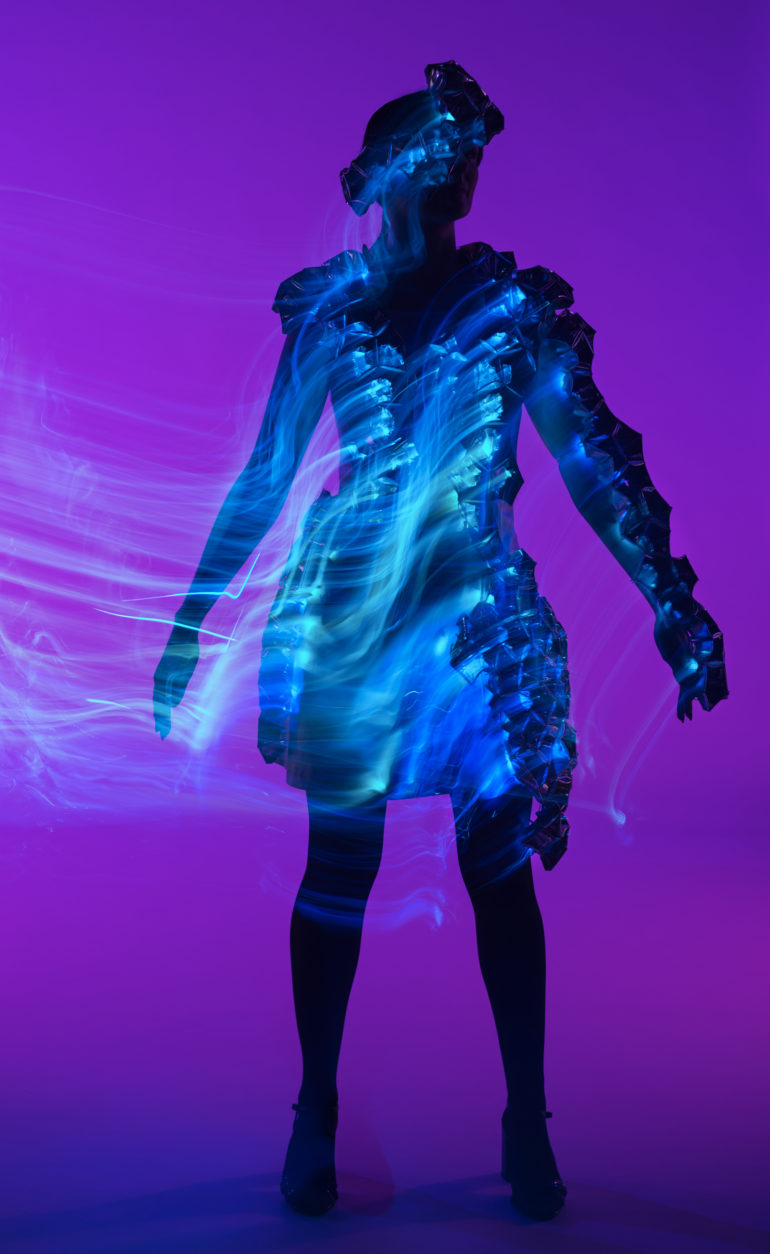
Phoblographer: Please tell us more about your Light Trace series. How did the idea come to you?
Taylor: In 2010, I had a thought: instead of defining photographic work by subject matter, what if light itself was the subject? I had recently seen a BBC documentary about light and read the book Catching the Light: The Entwined History of Light and Mind in which Arthur Zajonc answers the question: what is light? No answers are clear cut; there is always mystery inherent in light. That lead to the Lumen series of projects.
While researching about light in fashion, I came across the wearable technology designs of light artist and fashion designer Erina Kashihara who kindly flew from Tokyo to London for the shoots. I wanted to do more than just simply record garments, but to explore them as light modulators. The long traces of light during the exposures led to the title Light Trace. This set was taken at in Autumn 2018 to add to the previous set from 2011. Hopefully, there will be more additions in the future.
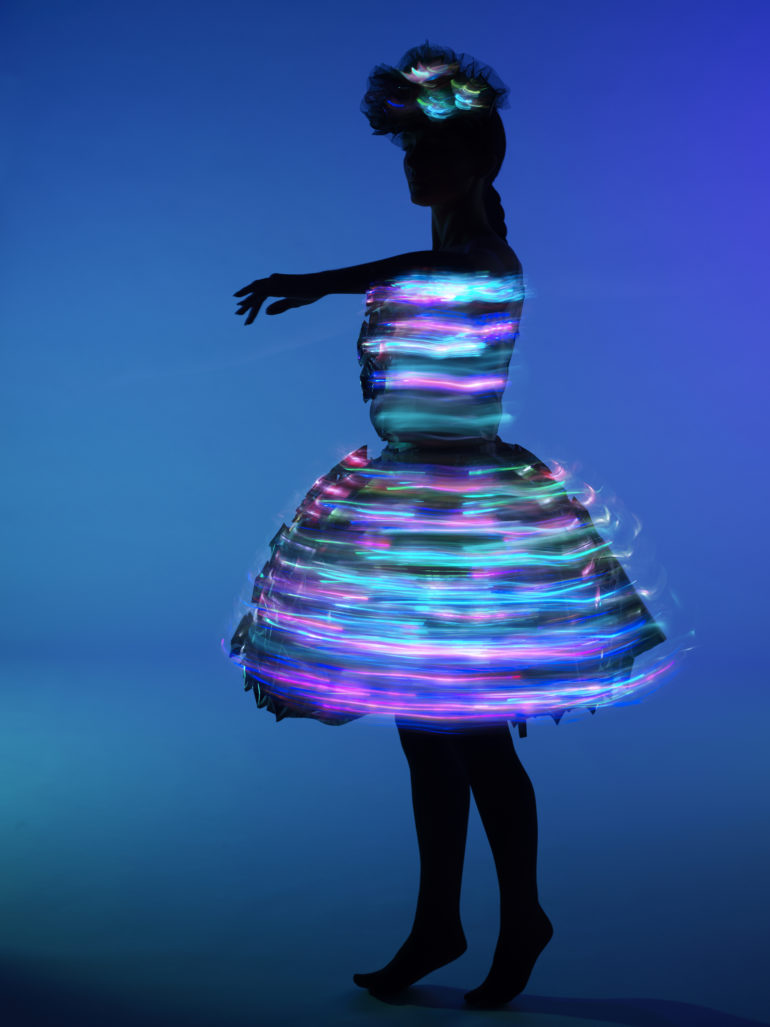
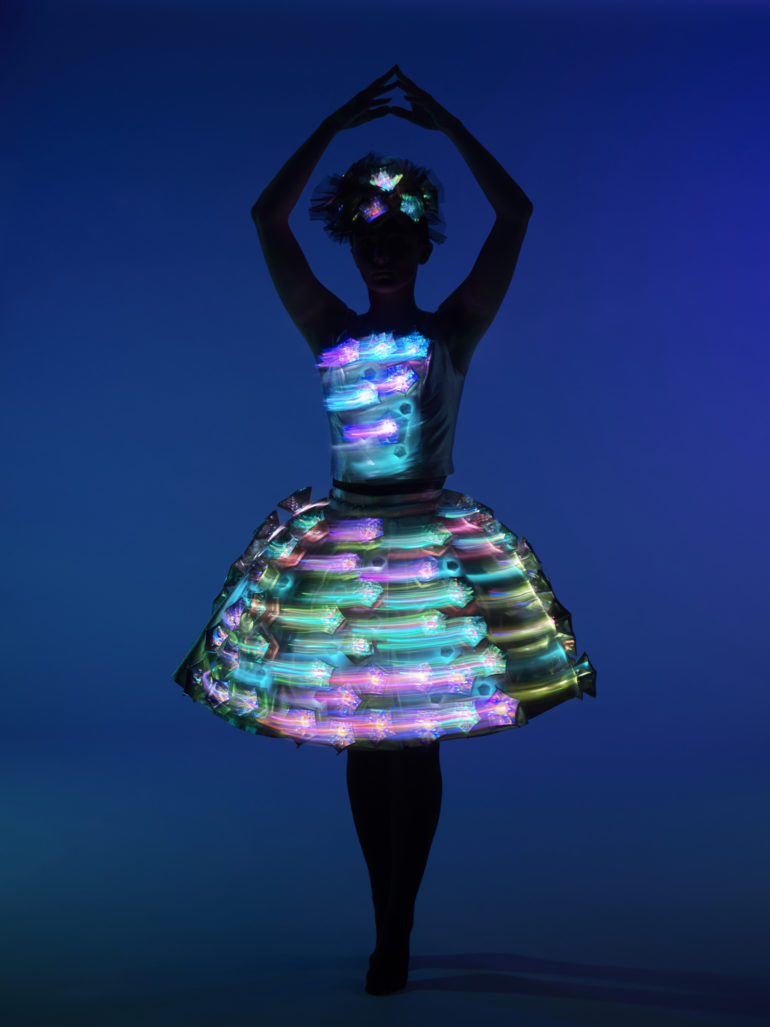
Phoblographer: You mentioned that light itself is the subject for this series. Can you share with us the ideas that were brewing in your head while finalizing the concept?
Taylor: I thought of many different lighting techniques but also the properties of light such as refraction, diffraction, polarization, diffusion, etc. Interestingly, these ideas often lead backwards to older techniques such as direct exposure of silver gelatin paper to sunlight and to pinhole photography. The order is: light – ideas – techniques.
Phoblographer: We learned that Light Trace is actually part of a bigger series called Lumen. Can you tell us more about this and what Light Trace contributes to it? What sets Light Trace apart from the other projects under Lumen?
Taylor: Light Trace differs from the other series in Lumen in that light is being emitted from inside garments. Also, the link with fashion design sets it apart. Erina’s new light control system also provides great control over garment LED color, intensity, and strobe rate.
Phoblographer: Light Trace shows a good mix of steady lighting and light painting/long exposures. How did you make sure that you achieve the results you had in mind using both techniques?
Taylor: After several decades shooting long exposures, I now have a more intuitive feel for shutter speeds, duration/intensity of light, etc. I have a pre-visualized image in my mind before shooting but am willing to go with the flow of light: a shoot is live theater that I direct and record. Also, all my models to date have been/are dancers so move (and remember moves) very well. This is a privilege.
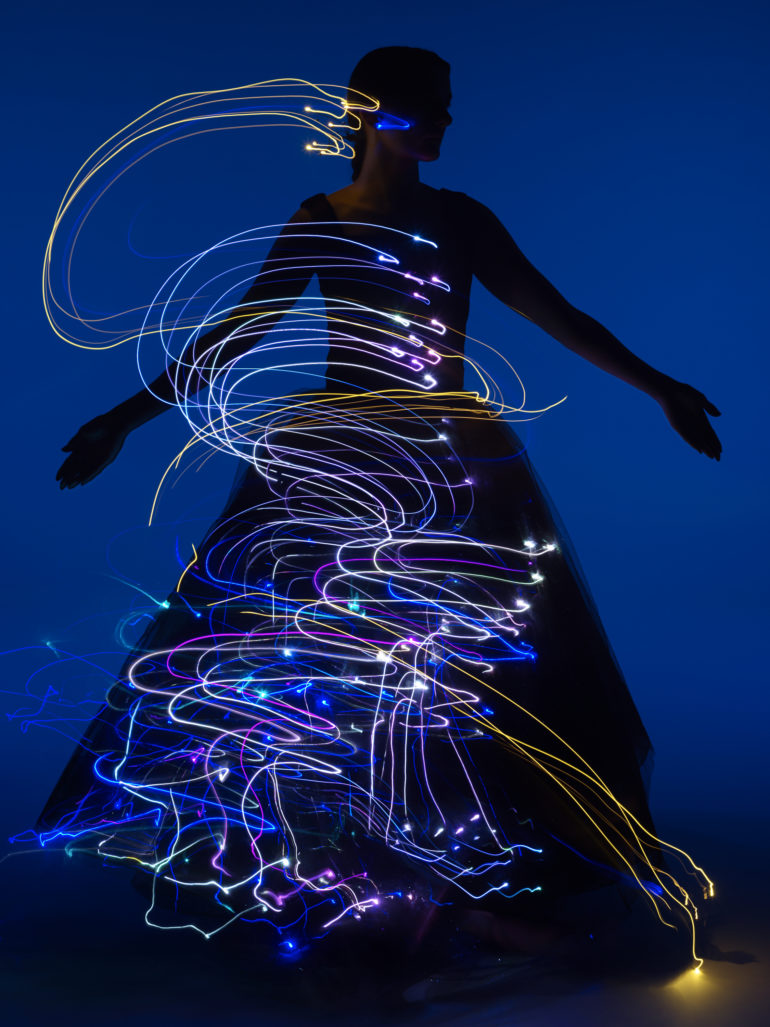
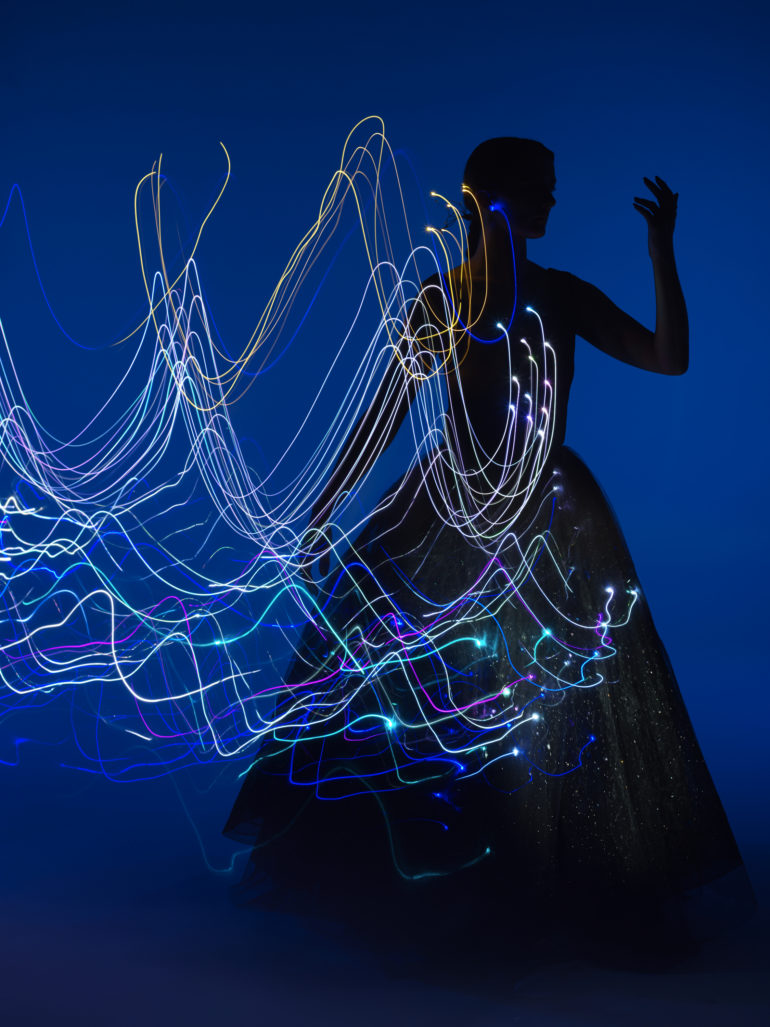
Phoblographer: What did you find to be the most challenging part about working on Light Trace? How did you work around it?
Taylor: Paper backgrounds absorb moisture. This, plus the temperature difference of a cold studio overnight and warmth in the morning cause wrinkling! I just had to keep smoothing/stretching 12 foot wide paper each morning and cleaning marks! Also important is the careful use of metal clips with colored gels on lights to prevent overheating!
Phoblographer: Let’s talk about the colors you used for Light Trace. How did you envision color to work with light for this project?
Taylor: I experiment live in the studio but with background knowledge, especially of complimentary colors e.g. orange and blue. Also, Erina’s new custom light controller enabled manual adjustment of the colors in her costumes. Initially, the background was slightly too bright so I kept subtly reducing the background exposure until the garment LEDs appeared more brilliant. I also used graduation of one color into another using the background lights/gels. At one point, white light from a torch was painted in to a black garment to gently lift specific shadow details.
I am also fascinated when all the color is removed to leave a black and white image: the tonal values minus color often show greater purity and revelation.
Phoblographer: Where do you usually get the inspiration for your projects?
Taylor: Nature, lighting used in both cinema and theater, painting (especially Renaissance), architectural/environmental lighting, science, other photographers. I especially love light at night; the darkness helps to reveal new details. My artistic influences include installations by Alexander Rodchenko, the light art of James Turrell, and the light modulation experiments of Lazlo Moholy-Nagy. The greatest influence is the light that constantly envelops us. However, it takes effort to analyze and isolate the specific attributes of light. It’s like a fish studying water!
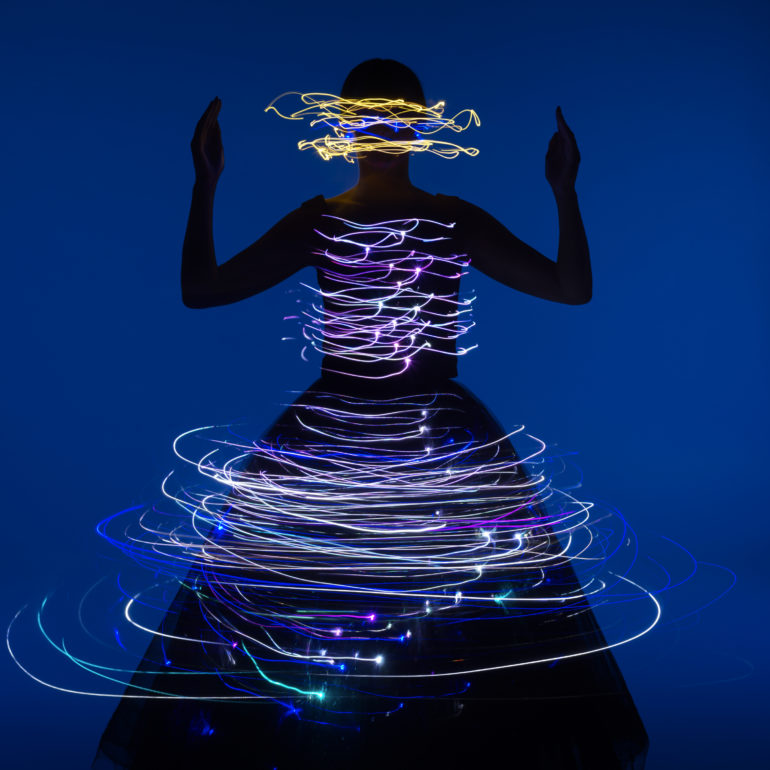
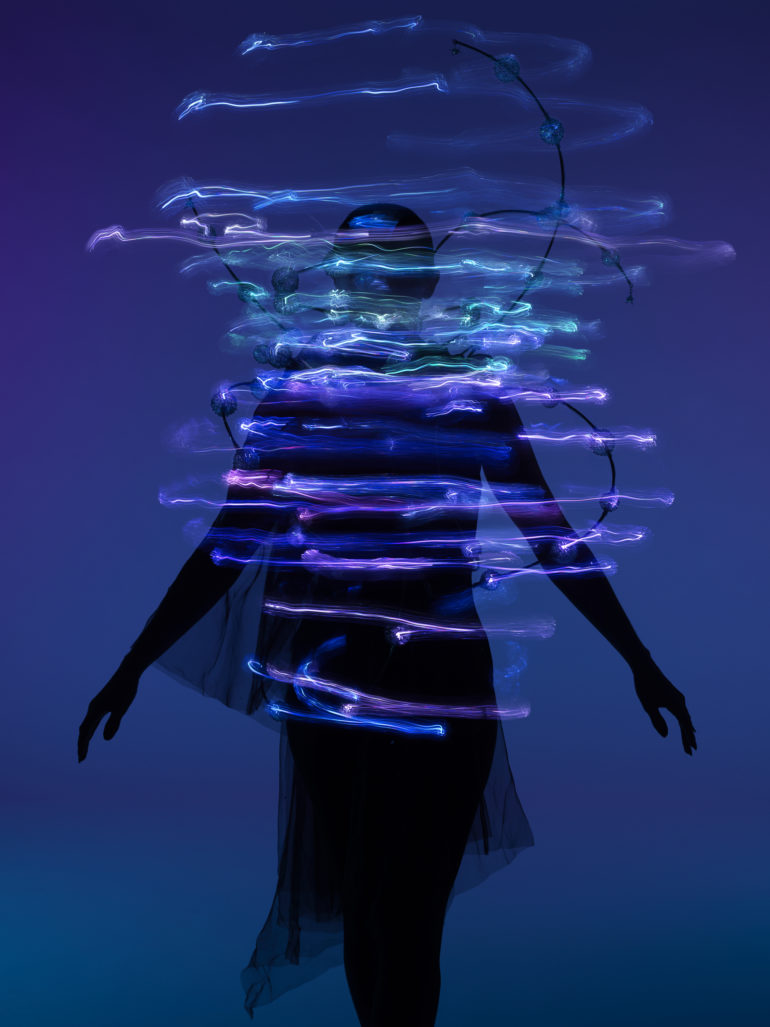
Phoblographer: Which aspect of your photography style do you feel makes your work truly your own?
Taylor: No aspect of my style is fully unique but I enjoy combining flash with long exposure. Both color and black and white are important to me. A recurring theme seems to be multiple traces of light.
Phoblographer: Lastly, what would you advise those who want to explore the possibilities of light as a creative tool for their photography projects?
Taylor: Photograph what you love. Research and try many techniques until you find your own direction. Take many images and learn equally from both failures and successes. The process takes decades and learning never stops: this is the beauty of discovering light.
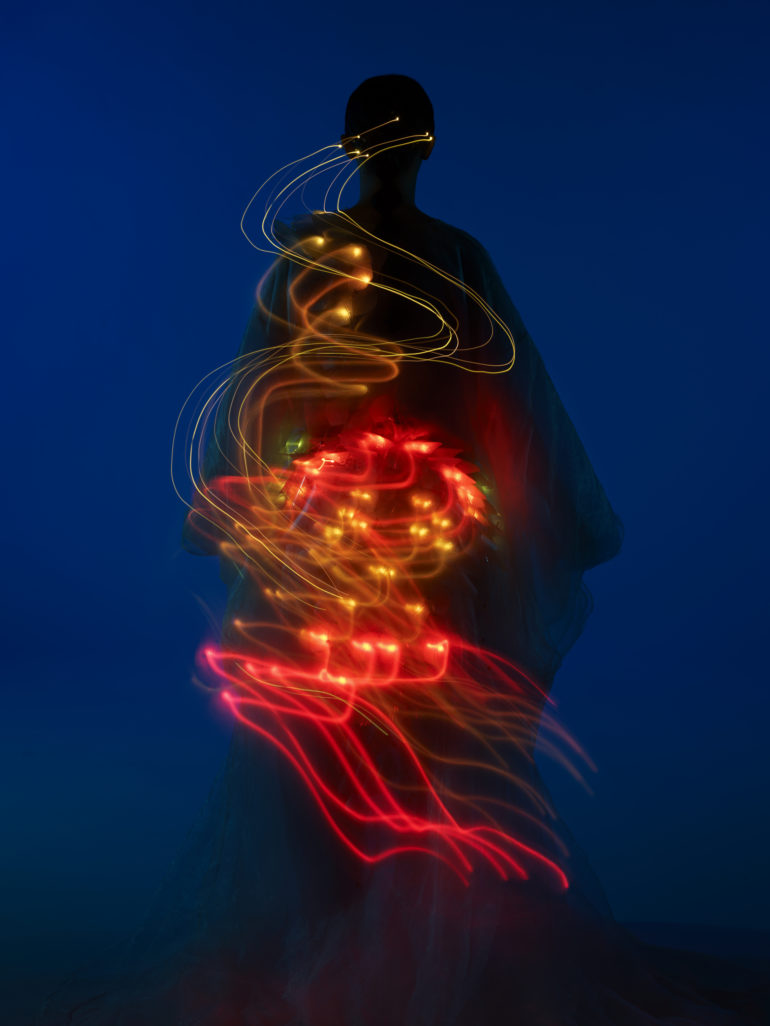
Visit Michael Taylor’s website to see more of Light Trace, as well as the rest of his stunning photography projects.
CREDITS
Model: Laura Cherry
Costume design: Erina Kashihara
Hair / Makeup: Rebecca Herniman
Assistance: Jon Gray and Yan Taylor
Studio Manager: François Boutemy at Simulacra Studios, London.


